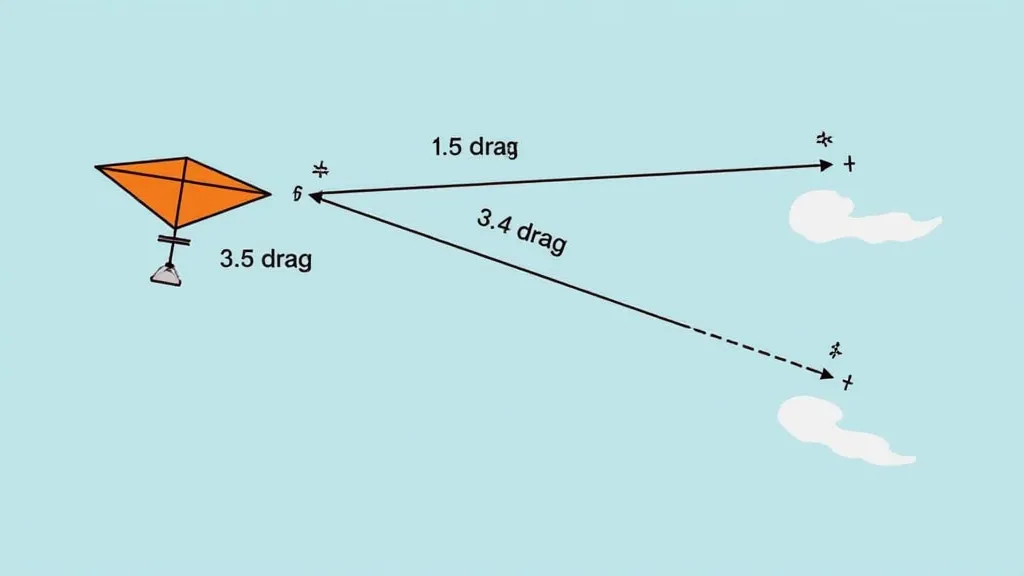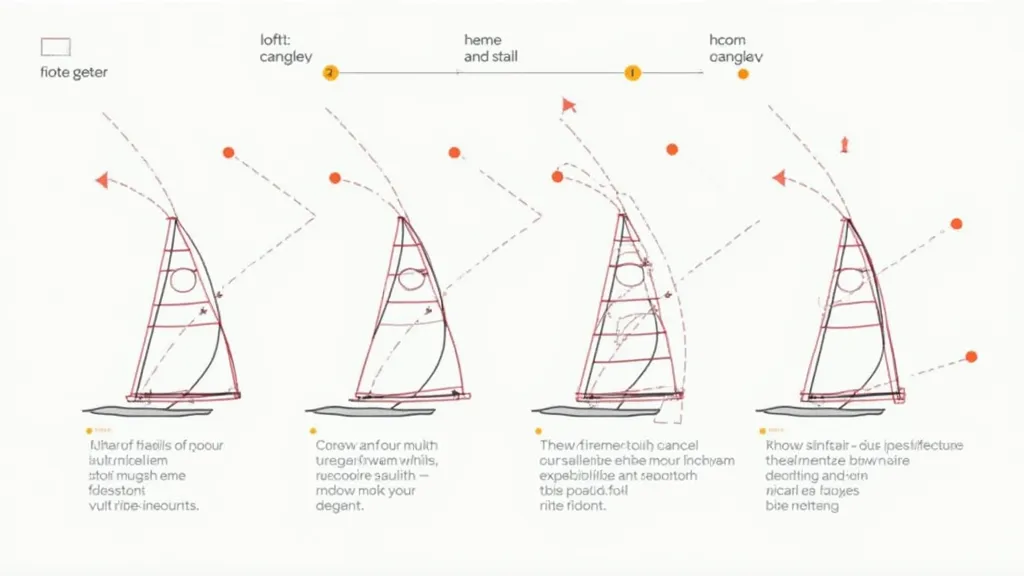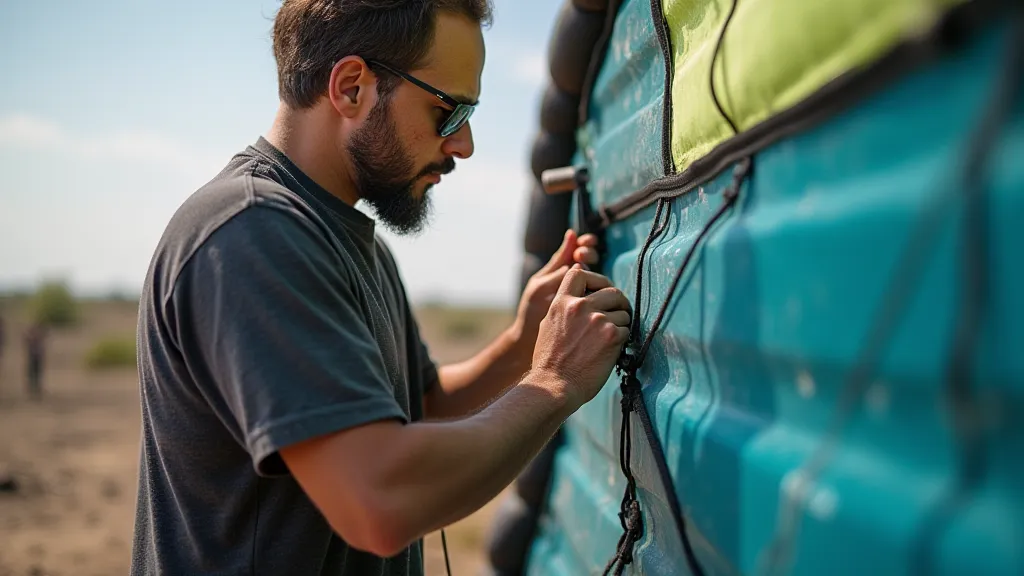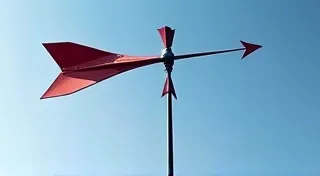Understanding Kite Aerodynamics: Lift, Drag, and Angle of Attack
For those passionate about building and flying custom kites, understanding the underlying principles of flight isn’t just interesting – it’s essential. This article delves into the fascinating science of kite aerodynamics, exploring how lift, drag, and angle of attack interact to keep your creations soaring. We're targeting intermediate to advanced kite builders who want a deeper understanding of what makes a kite fly.
The Basics: What Keeps a Kite Aloft?
Unlike airplanes, kites rely almost entirely on wind to generate lift. They don’t have engines or wings designed to manipulate airflow in complex ways. Instead, they utilize the wind's force and their shape to generate lift, counteracting gravity. This lift isn't simply about how big the kite is; it's about how the wind interacts with its surface.
Lift: The Upward Force
Lift is the force that directly opposes gravity, keeping the kite in the air. It's generated by the difference in air pressure above and below the kite’s surface. Think of it like this: as wind flows over the curved surface of the kite (even a slight curve), it has to travel further than the air flowing under the kite. Because the air is travelling further, it speeds up. Faster-moving air exerts less pressure. Therefore, the air pressure above the kite is lower than the air pressure below, creating a net upward force – lift.

Drag: The Opposing Force
While lift is your friend, drag is the enemy. Drag is the force that resists the kite's motion through the air. It's caused by air friction and the shape of the kite. A kite with a large surface area and a less streamlined shape will experience more drag. Reducing drag is crucial for maximizing flight performance; it allows the kite to gain altitude and stability. The type of fabric used also affects drag – a rougher surface creates more friction.

Angle of Attack: The Crucial Connection
The angle of attack is the angle between the kite's surface and the direction of the incoming wind. This is arguably the most critical factor influencing both lift and drag. A larger angle of attack generally results in more lift, but only up to a certain point. Beyond that optimal angle, the airflow becomes turbulent, lift decreases dramatically, and drag increases rapidly. This is called a stall.
Finding the perfect angle of attack is a balancing act. It's influenced by the kite's design, bridle configuration (the lines attaching the flying line to the kite), and wind conditions. Experimentation and careful observation are key to finding the sweet spot for your custom kites.

Bridle Adjustment and Angle of Attack
The bridle – those lines connecting the flying line to the kite’s frame – dramatically influence the angle of attack. Moving the bridle point closer to the kite’s leading edge increases the angle of attack, while moving it further back decreases it. This allows you to fine-tune the kite’s flight characteristics.
Experimentation is Key
Understanding kite aerodynamics isn’t about memorizing equations. It’s about observation, experimentation, and a willingness to learn from your successes and failures. Pay attention to how your kite reacts to changes in wind speed, bridle adjustments, and design modifications. With practice, you're well on your way to building and flying custom kites that truly soar. Consider keeping a notebook to record flight characteristics when adjusting bridle points for future reference.






